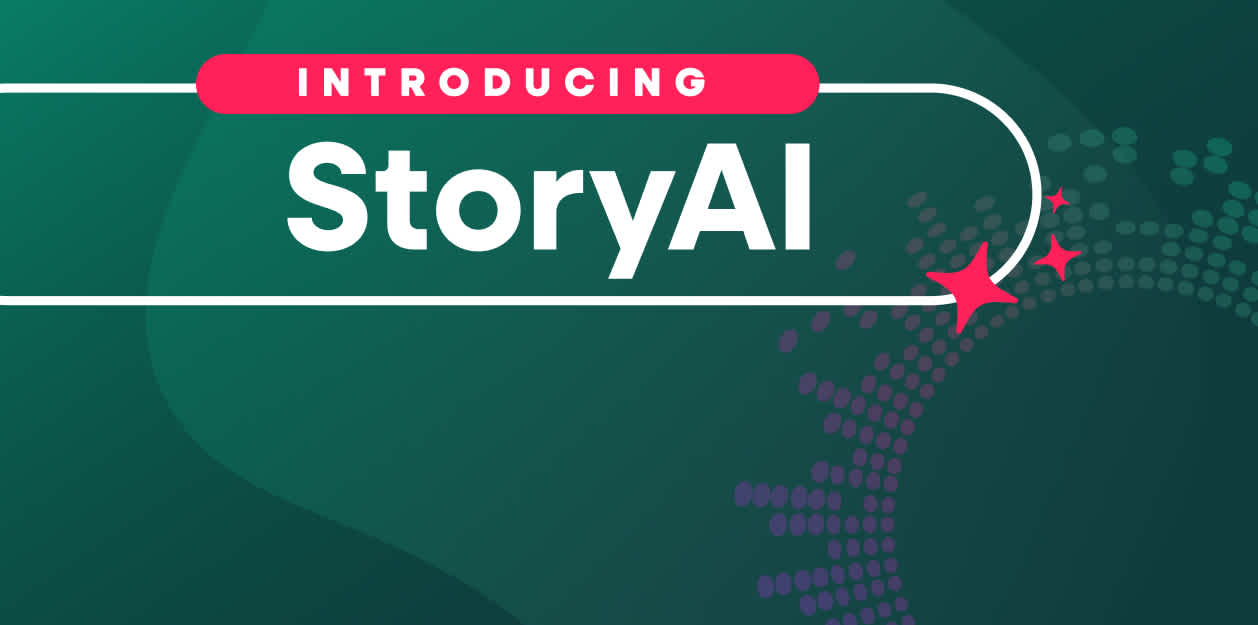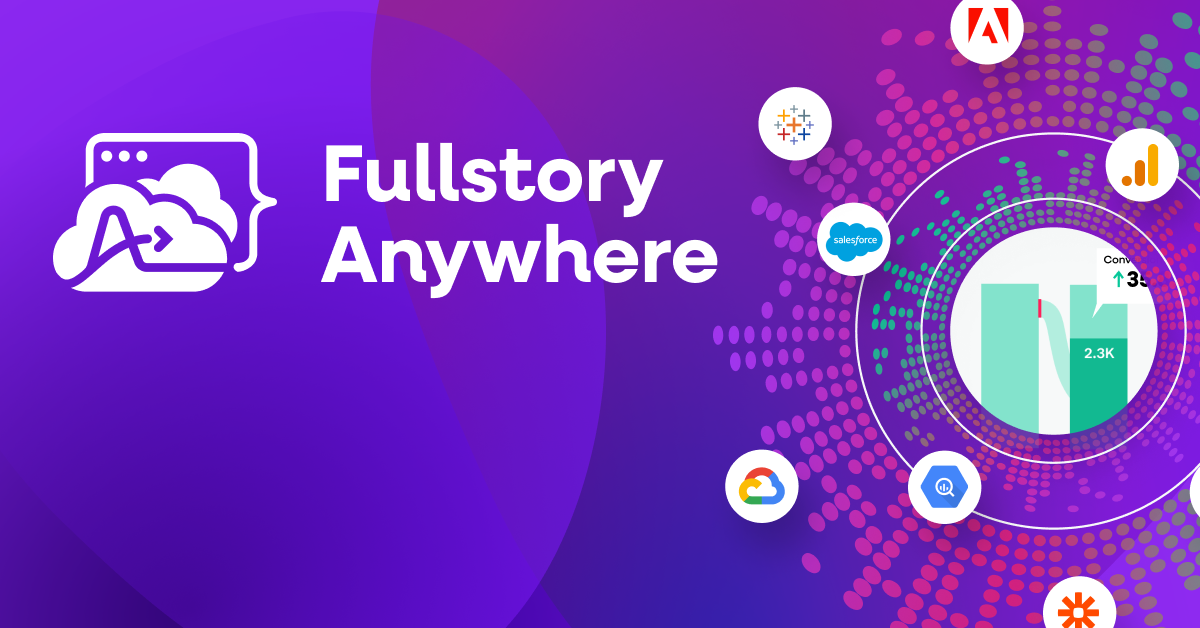What does Ohio State University have to do with digital experience?
The layout of "The Oval"—the central hub of campus life at Ohio State University—might look a little strange at first glance: a green lawn, criss-crossed by a seemingly random pattern of paved trails.
In reality, these paths are far from random—they're desire paths. As students made their way from building to building across the lawn, they left a trail over time. Only then did the university have the paths paved.
Essentially, even the best-planned walkways would be inferior to the ones chosen organically by students.
So, what does a desire path have to do with Digital Experience Intelligence (DXI)?
Finding desire paths in a digital world
Desire paths are powerful because they don’t require you to know any answers in advance. Simply give an audience an objective, allow them to find a way to achieve that objective, observe what they do, and then make their solution better.
Then you pave the paths.
As useful as desire paths can be for landscape architects who design physical spaces, digital space desire paths are considerably harder to see.
Users can't blaze a trail through JavaScript and HTML. Plodding mouse movements, swipes, and clicks of users don’t cut desire lines into the browser or the workflows of a mobile app.
Unlike OSU, how do product managers, UX designers, or software developers see their users’ desire paths if they never get made?
The answer lies in on-page signals.
Transforming rage into intelligence
On-page signals, such as Rage Clicks, occur when someone clicks repeatedly on some part of your site or app. They're about missed expectations and unfulfilled desires.
Rage Clicks have many causes, from confusing UI to slow-loading videos. Users repeatedly click on a button, link, badge, or icon, thinking it will take them to Point B only to find the element is not reacting the way they want, and they're stuck with a bad digital experience.
With the power of a DXI solution such as Fullstory, replaying customer sessions creates a desire path. By paying close attention to what users were doing before the onset of their rapid-fire clicks, the hidden intent reveals itself and solves the mystery.
There are other ways to reveal a desire path. Common UI elements across web applications, websites, and mobile apps, come loaded with expectations and users expect clicking on an avatar will produce a result. If this result is a Dead Click or Thrashed Cursor, you’ve got a job to solve.
While UI design tools can help create intuitive interfaces, observing real user behavior through DXI provides invaluable insights that even the best design tools can't predict.
See how Fullstory works for your organization.
Request a demo.
Asking the right questions for the job to be done
Using on-page signals as a way to identify desire paths is all about discovering the intent of the user.
What does the user want to do?
What is it they hope to accomplish?
What is stopping them from getting to their goal?
To answer these questions, the Jobs to Be Done framework (JTBD) pulls out user intent and shifts the perspective away from the product and towards the desired outcome—where user desire leads. It helps reveal the intent behind the behaviors of users as an "outcome-driven" approach to building products.
“To understand what motivates people to act, you first must understand what it is they need to get done. You need to know the why behind the what.”
— Clayton Christensen, creator of the Jobs to Be Done framework
Apply the JTBD framework to on-page signal observations by asking these critical questions:
1. Are these signals outside this site or app?
Are these on-page signals happening outside your app and on other elements of the web?
Imagine how a Rage Clicked element might be used outside of your site or app. Placing yourself in this mindset, consider what users might have tried to do the last time they clicked that type of element.
2. What are other users doing?
If a user has found a Dead Click, then suddenly navigate a series of menus at speed, it may be that it’s taking them “the long way” around. Compare their overall journey with that of other users to see if there's a correlation.
3. Do they search?
With a DXI solution, you can use search to provide clues about what users really want—or their desire path.
Examining sessions in Fullstory that include interactions with your search bar can be a useful approach to surfacing desire paths entirely separate from using Rage Clicks. See also how Google is an engine for creating desire paths on demand.
4. Have you asked them?
If it's more than an isolated problem with one user, consider reaching out and asking directly: “What were you doing when you last did this—where were you trying to go?”
Identifying the user’s mission through the above exercises can help tease out whatever it is that users hoped to accomplish through their Rage Clicking, Dead Clicking or Cursor Thrashing.
The key is in identifying intent—the Job to Be Done.
If you can identify that job, you’ll see the desire path carved into your digital landscape.
Experimenting with paved paths to perfect digital experiences
Once you’ve made the shift from Rage Clicks to identifying candidates for digital desire paths, you have what you need to start testing.
Run experiments. You can integrate services like Optimizely with Fullstory’s Digital Experience Intelligence platform to create experiments that will help validate or disprove your hypothesis. Choose from an ecosystem of integrations to easily access the information needed, no matter where your team spends their time.
Once your experiment is up and running, use search to find and analyze sessions of users who interact with your proposed "paved path". If you find the digital experience is improved by your test, pave that desire path for everyone. Make the experiment part of your product.
With a best-in-class DXI solution, desire paths are carved, jobs are done and customers are happy. Best of all, you can repeat this process over and over again. The result? A flywheel of digital product improvement.



